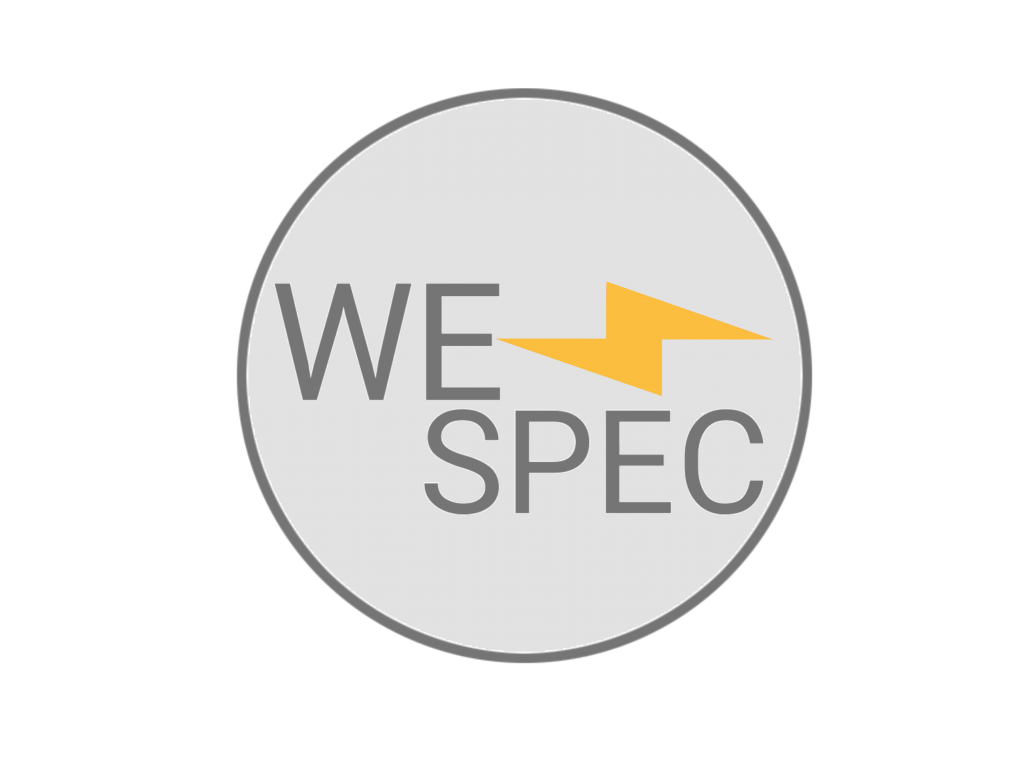SOURCE:SWANTEC.COM
he world is going digital. This is leading the way in changing every aspect of our life, from digital documentations and communications, to online banking and shopping, then digitized libraries and museums. The same is happening to the industry, first by digital methods for designing with CAD, and now by Digital Twins for manufacturing processes with simulation and related digital technologies.
Digital Twin is a virtual representation of a physical object, system or process by using simulation and other computerized digital technologies. A digital twin can be used to analyze and simulate a system or process in real world conditions to adapt to changes, increase flexibility, optimize operations, improve quality, save time, reduce costs and add value.
The concept of Digital Twin has been around since early 2000s. It has then got greater attention and stronger momentum to thrive in the last few years, especially since it was named one of Gartner’s Top 10 Strategic Technology Trends for consecutively three years 2017, 2018, 2019.
There have been many publications, presentations and demonstrations on the creation of digital twins by using numerical simulation with finite element modeling, but most have focused on product or system designing. It is far more challenging, with still much work to be done, to create digital twins for the dynamic manufacturing processes, such as welding and joining processes. This however is essential for the complete digitalization of industry.
For manufacturing industry, the Digital Twin isn’t, and shouldn’t be, just for Designing.
In case of welding, the Digital Twin shall be created for the complete welding lifecycle from Designing, Optimizing, Planning, to Producing and Evaluating the welds. This requires the simulations with virtual models to be highly accurate and consistent with capabilities to make reliable predictions and optimizations.
SORPAS is now ready to take the challenge for creating the first Welding Digital Twins for the complete lifecyle of resistance spot welding processes.
There will be five functionalities of the digital twin for resistance welding:
- Designing
- Optimizing
- Planning
- Producing
- Evaluating
Further details about how the digital twins are created with SORPAS and the interactions with AI are presented in the special welding solutions page on Digital Twins and AI.Posted on December 19, 2019December 19, 2019Author Wenqi ZhangCategories Tech Topics


